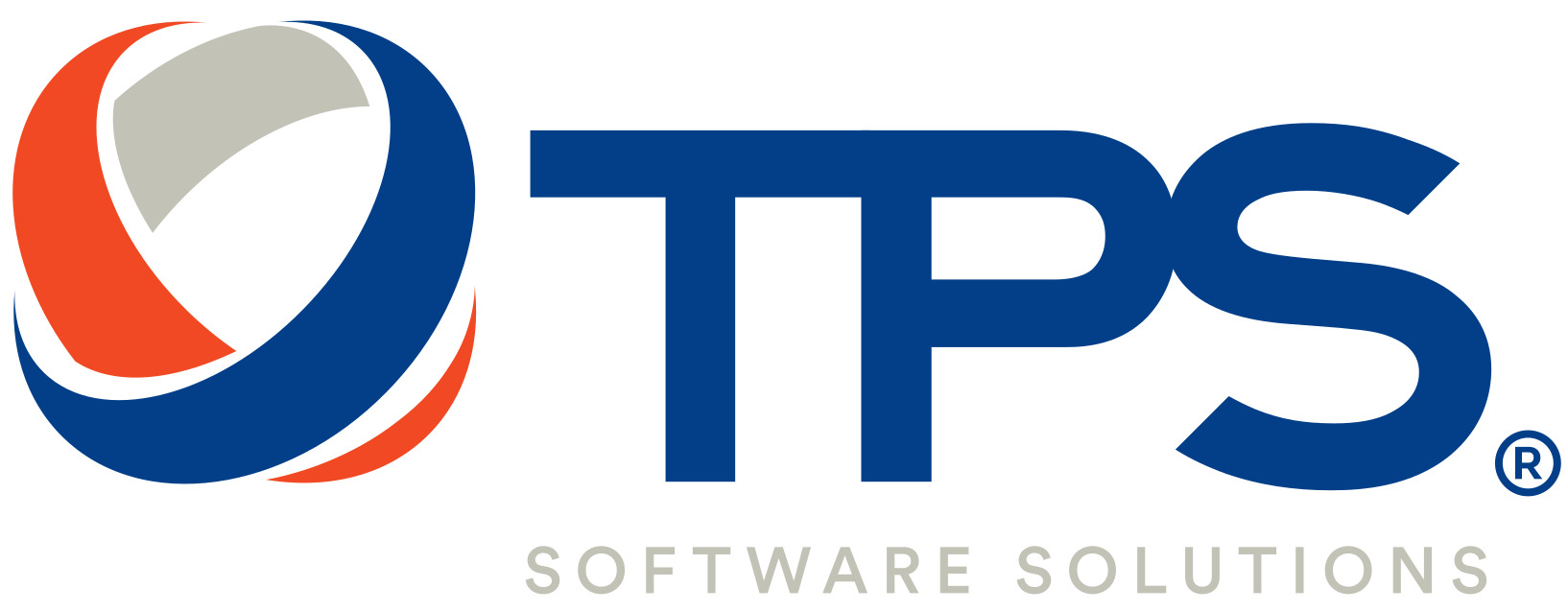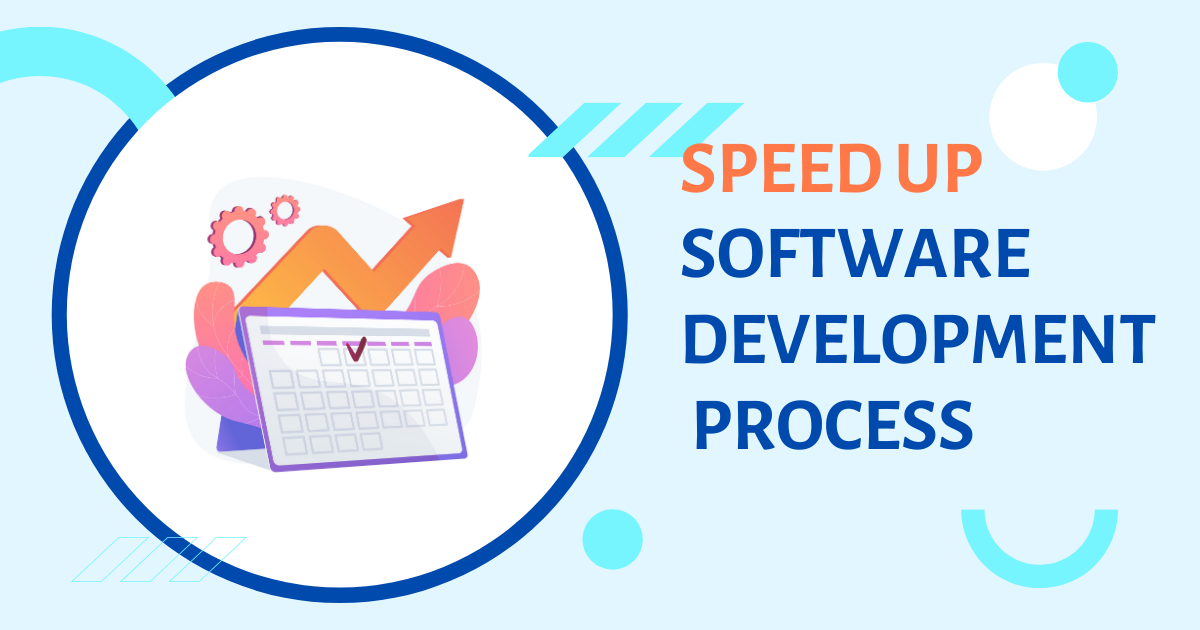Speed is important in software development. The fundamental reason for this concern is the agility demanded by the competitive and global IT industry. Software products and new features need to be completed by the deadline to avoid cost overruns or a potential loss of brand credibility. This means software development teams are under pressure to rapidly-produce in order to support the overall growth of the business.
Also, today’s customers are more informed and demanding than ever, seeking out new software technologies to meet their expectations as closely as possible. Evolving customer demands have also made faster software development critical.
Factors affecting the software development speed
1. Development process complexities
Every developer faces numerous challenges during the working process. These complexities determine the overall speed of software development.
- Technical complexity
Technical complexity refers to challenges encountered in project design and technical details like complex software architecture, integration with third-party products innovation, and so on.
- Requirements complexity
As the name suggests, requirements complexity refers to challenges in determining project goals and objectives. For instance, when the end goal of the software is not clear or when it is hidden from the development team.
- Unreasonable deadlines
When the estimated project length does not make sense with the actual scope of work
- Structural complexity
When there are many stakeholders, workstreams, or other elements involved in the project.
Many variables challenge the project manager to manage and control, so hinder the development process
At times, a project witnesses more than one kind of complexity which further makes the entire process complex, and influences the development speed adversely.
2. Quality of code
Writing a high-quality code is a time-consuming process – it’s either done well or done fast. Sometimes, they rush the entire software development process to meet the deadlines and to make earlier releases by compromising with the code quality.
Compromising the entire code quality will eventually increase project duration. You’ll have to fix the errors anyway, but it’s going to be much more difficult (and more expensive).
While writing high-quality code could prove to be time-consuming, it helps save the extra effort and time which you will end up investing in redoing the poorly written code.
3. Team size
Big teams do not always accelerate the project. The success of each project depends on the efficiency of internal communication. If there are more than seven people in the team, finding the common ground becomes more challenging. The optimal team size for the most productive cooperation is up to five people. The solution for large projects that require more people is to divide the developers into smaller groups based on the project components each of them is working on.
4. Team performance
The performance of the whole team depends on the contribution of each member. If everybody on the team is skilled, experienced, and self-motivated, the job will be done much faster. That’s not to say that less-skilled developers are a no-go. They may eventually become the most valuable asset in the entire organization, but it’s still going to take some time to get them on board and help them grow.
How to speed up the software development process without compromising the project quality
1. Use Agile Processes With Customizations
The emphasis in the agile method is getting working software into the hands of users as quickly as possible. This is done with frameworks that incorporate short, recurring development cycles.
For example, in the popular agile framework Scrum, development cycles are called sprints. A sprint is a short (typically two-week) period in which the team focuses on building a tightly scoped set of deliverables. They choose what those deliverables are on a rolling basis.
It gives adaptability if priorities change with every sprint. Instead of spending months building a complete piece of software, each team releases new features to users constantly. In this process, engineers are given more control over the product roadmap, the software is more adaptable and changing, meanwhile, users are able to have their needs addressed quickly.
In essence, that’s all an agile methodology is—a software development framework that focuses on the delivery of usable software to users quickly and consistently.
2. Adjust the team size
The obvious solution to speed up the project is adding more resources. If you want to handle more code, hire more developers.
While hiring new people will eventually increase your development speed, it may challenge the quality due to management difficulties.
When hiring more people, consider dividing your growing team into smaller semi-autonomous, cross-functional units that can make important decisions and move large chunks of your projects forward. Dividing teams and responsibilities this way ensures that some part of your development project is always making progress.
Something as simple as breaking down a big piece of work into smaller manageable groups is also applicable to software development. For highly productive software development, small teams from 5-7 members are recommended. Combined with systematic tests and integration, it brings amazing results and lets the developers accomplish their goals much faster.
You may also like:
How To Build an Effective Software Development Team
3. Set clear requirements and roadmap
You’re going to achieve much better results if you take the time to plan every step of the way. If the development team is very clear on the project requirements and goals, if they know exactly what to do and when to do it, you already save a lot of time on discussing what’s next. Create a roadmap of the entire project and discuss it with the team before the beginning of the development process. While they’re still going to be some challenges along the way, at least they won’t have to rewrite the code.
4 Simplify and improve the systems.
One of the biggest opponents of productivity is a complex system. Though software development is no stranger to complexity, it can still be an inhibitor of getting work done quickly and efficiently. Complex systems make it difficult for developers to spot and fix bugs or add new features. It can confuse to what’s going on with the project. And this is a prime reason to encourage your team to increase their skill levels – highly skilled developers are less likely to build complex systems.
5. Limit your work in progress
One thing that helps make the development process more efficient is limiting the amount of work in progress. When there are too many tasks, things tend to get overwhelming. Not only it hampers the development as multitasking goes up, but it also puts extra pressure on the team. Many project managers use a kanban board to manage the development process. If you use it too, try to specify the maximum number of tasks allowed on each column. It will give enough time for planning, feedback, and review.
6. Leverage the Lean approach
Taking the Lean approach to software development means optimizing development time and resources, reducing waste, and focusing only on what the product needs. It basically means working on what truly matters. To make sure your team is moving quickly and efficiently, build your software in small increments and get user’s feedback as early in the process as possible. With this information, you’ll be able to make necessary adjustments while the development goes on.
7. Improve Automation
- Automated testing
Automated testing is probably the best way to reach a compromise between speed and quality. Thanks to the repeating scripts, anyone can run tests in regression without repeating the same steps manually. It gives more time for working on the new features as the finished ones are checked automatically. Whereas it’s much more effective than manual testing, running multiple tests across various devices and browsers still takes a lot of time.
- CI/CD pipeline
Continuous Integration (CI) is a software development approach, according to which every developer in the team merges code changes in a central repository several times a day. Continuous Delivery is the practice of automating the software release process. Implementing a CI/CD pipeline can significantly increase development speed due to lots of factors. It removes manual errors, provides instant feedback, and enables fast iteration.
You may also like:
How Long Does It Take for a Custom Software Development Project?
Software Development: The Essential Guide
Utilize the agile model, TPS Software to successfully speed up the development process and drive the business growth for our partners. We hope our sharing above gives you an insight into accelerating your software development project.
Contact us and have a free consultation with our experts for your software development demands.











